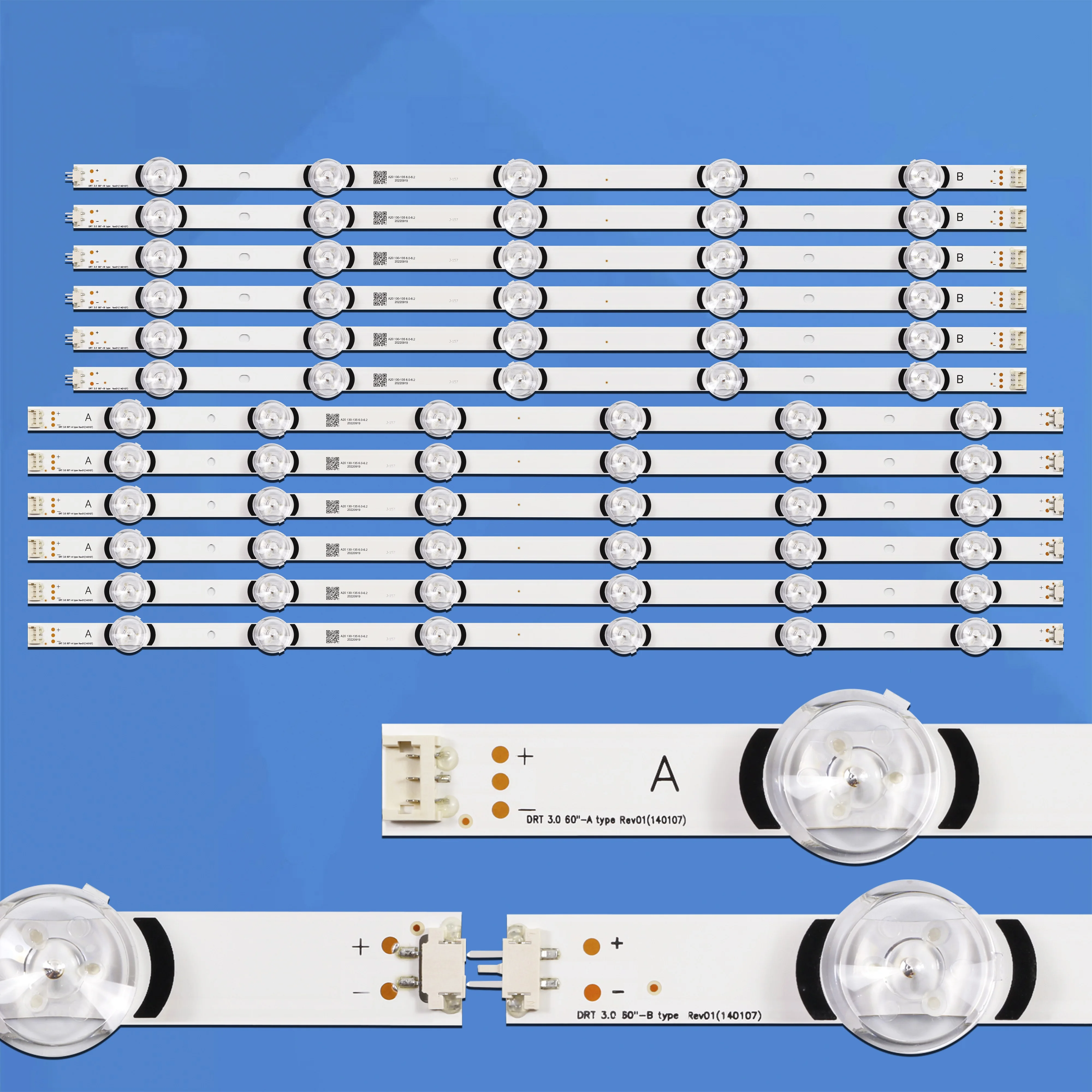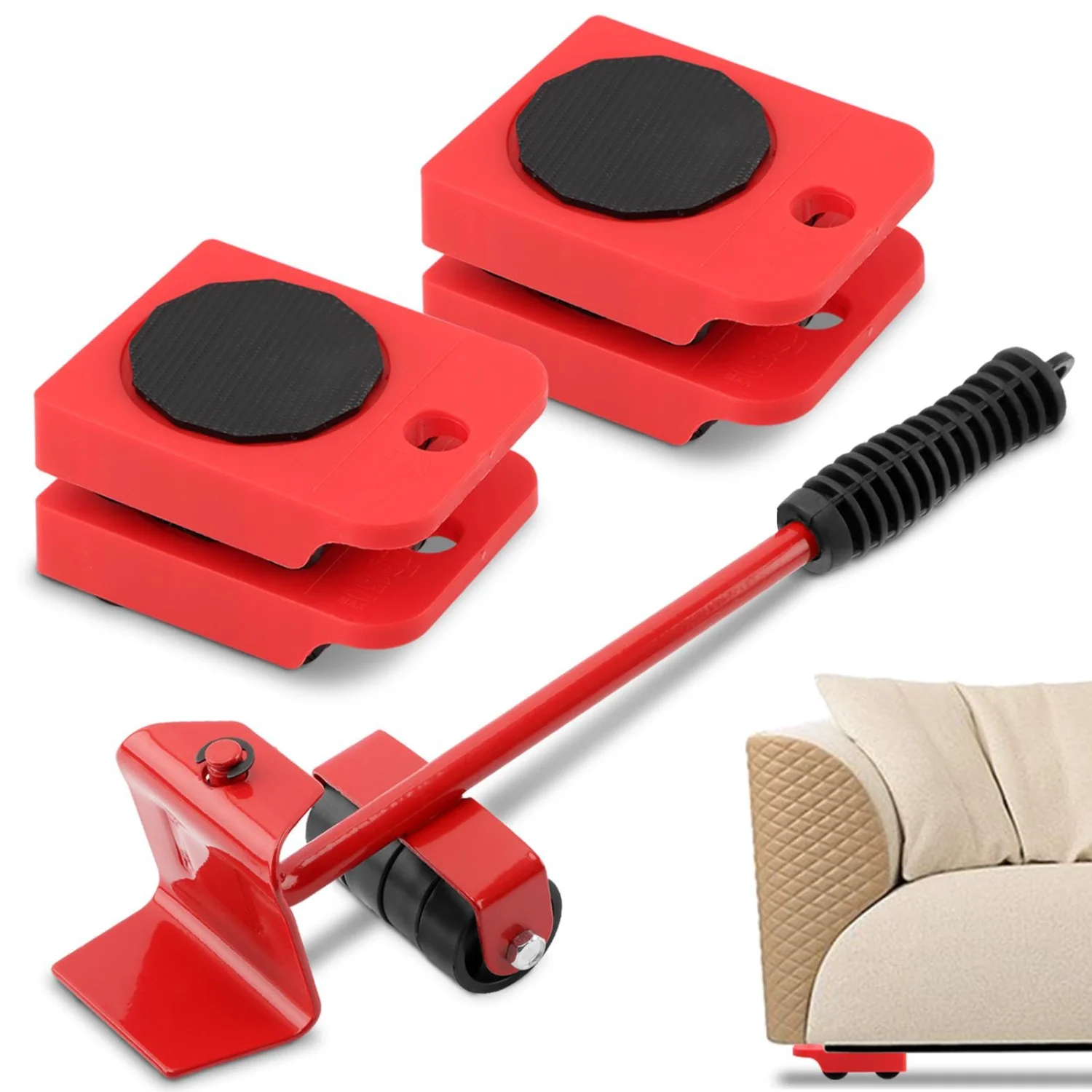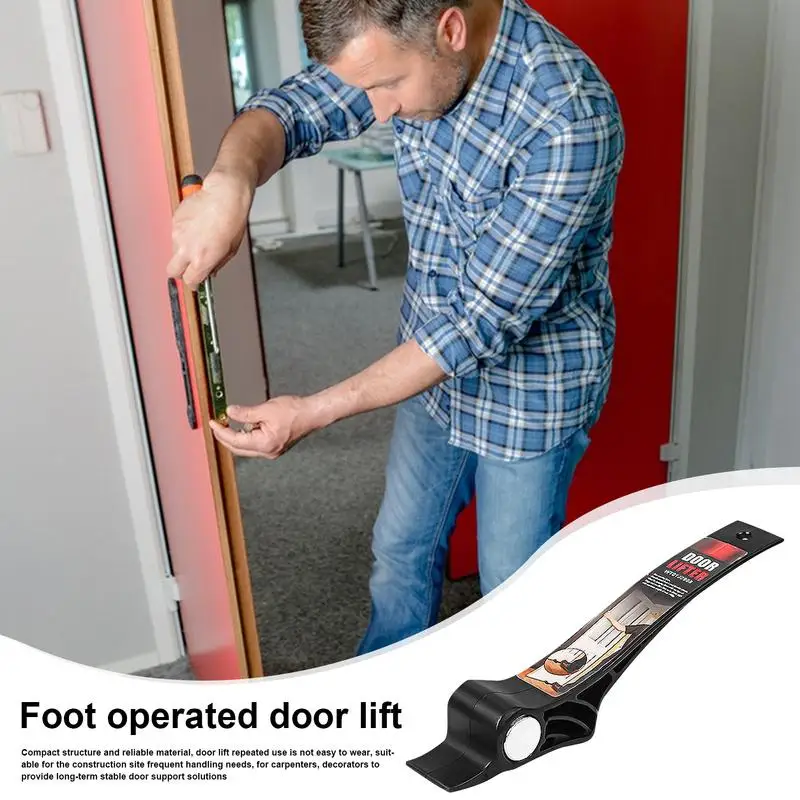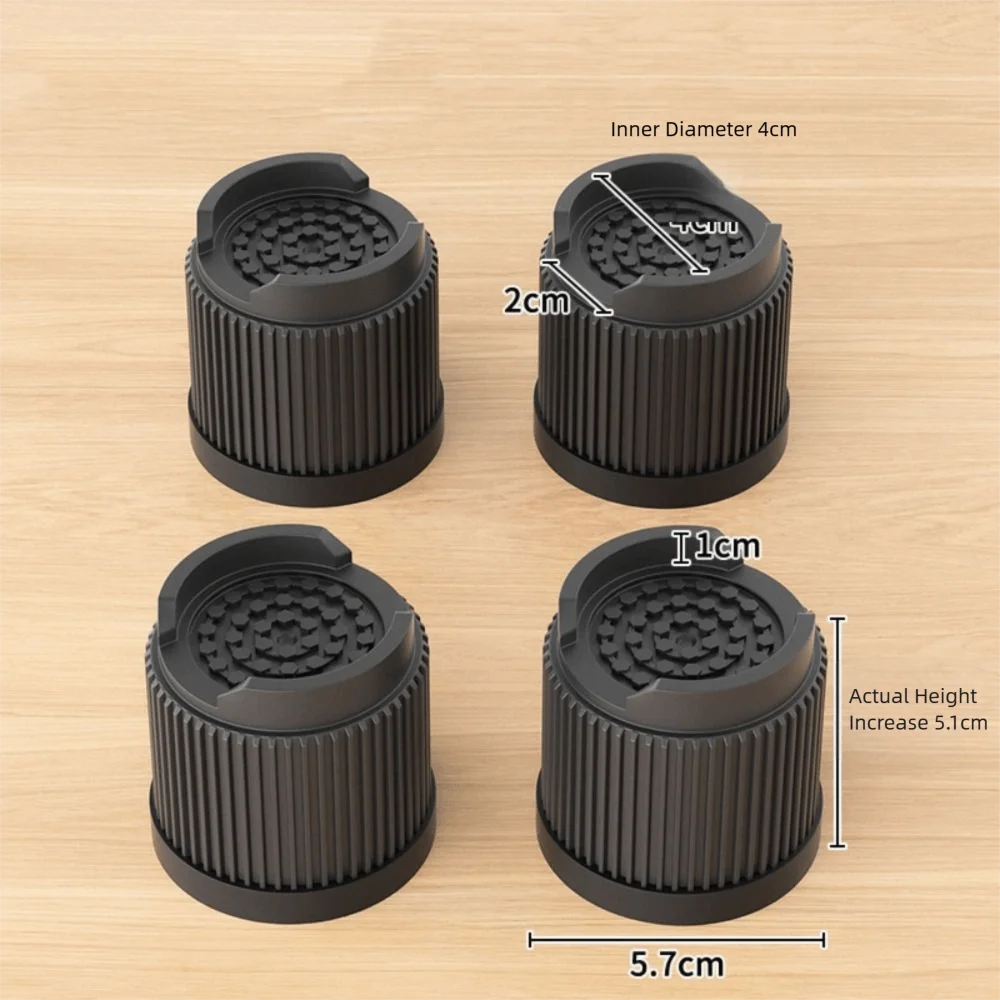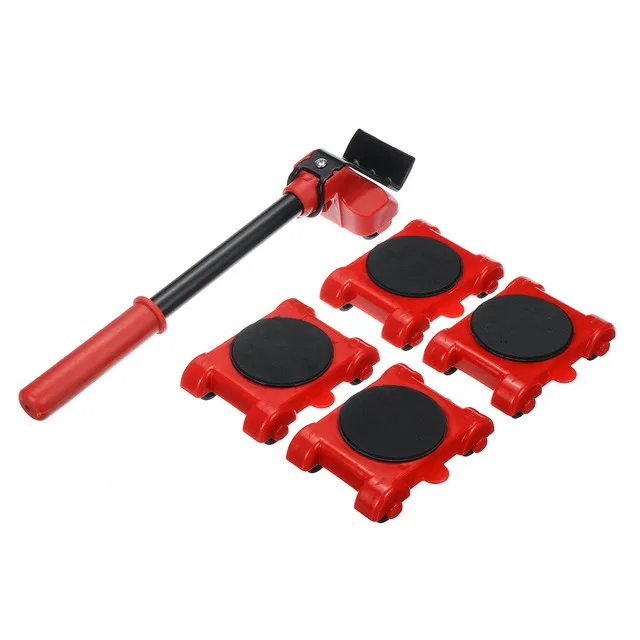Резиновое напольное покрытие в рулоне для тренажерного
- Категории: Flooring & Accessories >>>
- Поставщик: Shijiazhuang,Yichen,Sports,Plastic,Floor,Co.,Ltd.
Поделиться:
Описание и отзывы
Характеристики

Rubber Flooring in Roll
From plyometrics to dumbbells, rubber mats are your all-purpose gym mat. Each tough mat is specially engineered to protect your subfloor from the impact of dumbbells and bodyweight exercises.
Rubber Mats act as a buffer between your weights and your subfloor. Typical hard surfaces and concrete subfloors can crack under the pressure of dropping dumbbells - ain’t nobody got time for that! All you need is the right rubber mat to give your floor the protection it needs.
We call them the “all-in-one exercise mat” because they are great for a variety of exercises. Rubber Mats are designed to protect your floor from the following:
- Weight machines
- Cardio machines
- Dumbbells
- Plyometric movements
- At-home workouts such as Intensity, P90X, etc.
- Bumper plate Olympic lifts
This is a safe weightlifting mat for Olympic lifting only when using bumper plates. Hard metal plates will damage your subfloor.

Why Choose Rubber Mats?
Rubber Mats are made from the highest quality recycled rubber material available with EPDM virgin rubber color flecks. They offer unparalleled quality and durability.
Because of their portability and easy cleaning and maintenance, Rubber Mats are a popular gym mat flooring option. Their versatility and durability make them ideal exercise mats for home gyms. Home athletes use them for both dumbbell weight lifting and support under cardio equipment.
Beyond the Weight Room
While Rubber Mats are most commonly used as fitness mats, they are also quite popular in high-traffic commercial areas. They can protect your subfloor from heavy objects, spiked shoes and those weird people that stomp way too hard when they walk.
Rubber Mats offer premium shock absorption, which is great for keeping your subfloor in excellent shape. A heavy impact that would ordinarily harm or crack your subfloor gets absorbed by the Rubber Mats while your floor underneath stays in-tact.
Key Features
- Strong resilience against impact
- High sound & shock absorbing properties
- Good anti-slip surface
- Good waterproof properties
- Hygienic & easy to clean
- Good anti-fatigue properties
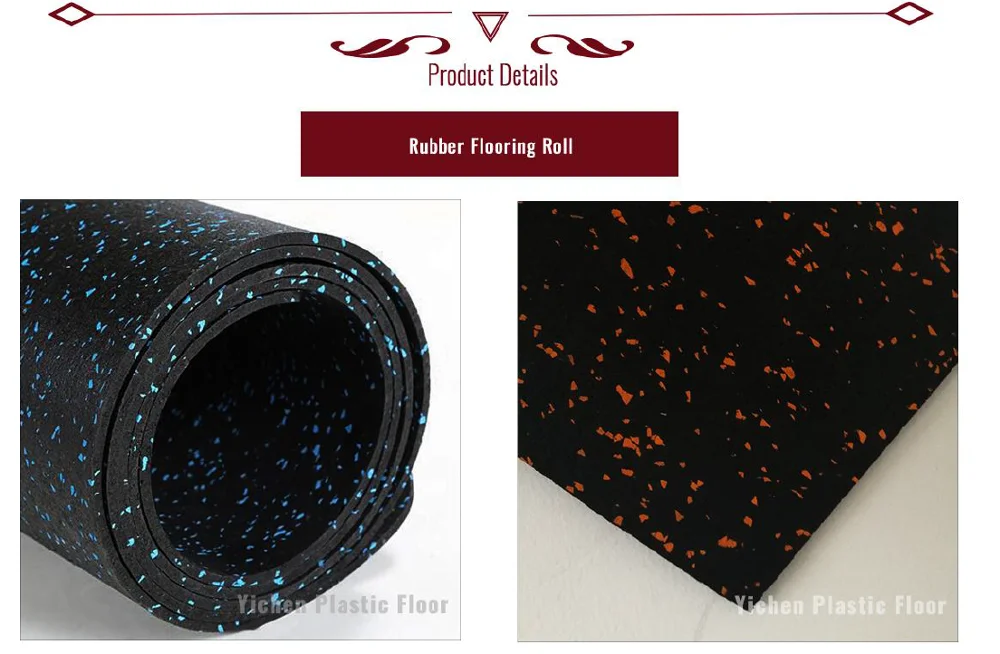

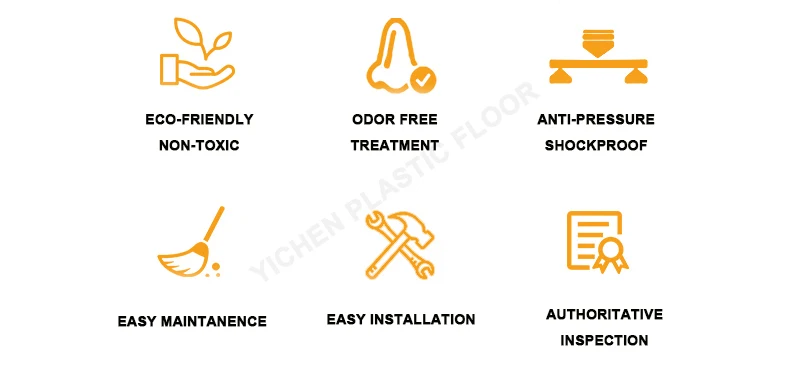
How to Install Rubber Flooring Rolls
Rubber flooring rolls are extremely easy to install. They are, however, cumbersome. Listen - thick, durable rubber is going to be heavy. This is not the kind of job you want to do solo.
While learning how to install rubber flooring rolls is extremely easy to do without the help of an installation professional, I wouldn't say you want to do it yourself. We think of it as more of a DIWF (Do It With Friends) flooring option.
When you install rubber rolls you have 3 options:
- Loose lay: If you are loose laying your gym flooring rolls, after you roll them out and in place, you really are done! Most of the time, the rolls are heavy enough to naturally stay in place with no extra adhesive necessary. If you loose lay your rubber rolls, you can pick them up and move them or take them with you to a new location at any time.
- Double-sided tape: For more tougher conditions, consider using double-sided carpet tape around the perimeter of your floor. This is extremely easy and you will still be able to transport your rolled rubber flooring in the event that you change locations.
- Full glue down: In extreme conditions, some CrossFit and commercial gym owners prefer to fully glue down their rubber gym flooring rolls. This will ensure no movement and no curling up at the edges. However, once the rolls are glued, they cannot go with you if you move locations.
Cleaning Rubber Flooring Rolls
Keeping your rubber floor clean is a big concern. We all know workout spaces and high-traffic areas tend to get dirty pretty quickly.
To keep your rubber flooring rolls shiny and clean, simply vacuum them regularly and occasionally go over them with a damp mop. Do make sure to clean up any major messes right away to keep them looking sharp 24/7.Rubber Flooring Roll FAQs
Still have questions? Here are some of the most common questions customers ask about rubber flooring rolls.1,Are rubber floor rolls waterproof?
One of the best things about rubber flooring is it’s extremely water resistant!Spilled water, sweaty workouts, heck, even the ocean! No water is too much for this rubber matting.
In the event that you need to be 100% certain no water ever reaches your subfloor, you can use a seam sealer where the rolls meet to prevent any liquids from seeping down to the subfloor. However, for most cases, that is not necessary.2,Can you install rubber floor rolls over carpet?
Yes, you can! You can easily install gym flooring rolls over a short, low-pile carpet.
If you have a thick, plush carpet that you cannot remove, you can lay plywood over the plush carpet and install your rubber rolls over your plywood.3,Can rubber rolls be used outdoors?
Rubber flooring rolls are a great outdoor flooring option.They are ultra-durable, specially designed to handle lots of use and abuse.
Tips for outdoor rubber flooring success: - Keep tiles covered. Rolled rubber flooring is rated for outdoor use; however, many options are not UV stable and may fade in direct sunlight. We suggest checking the specific product information just to be safe.
- Be cautious of the elements. While rubber flooring is water resistant, there are many more elements that get into our rain and snow, such as salts. These rubber rolls are porous and salts can get trapped in the pores.
- Account for expansion. With temperature fluctuation, rolled rubber flooring may expand and contract.
4,How do I cut rubber floor rolls?
Sometimes you end up with a little extra material. Not to worry; learning how to cut rubber flooring rolls is quite simple.
- Measure the size of your cut.
- Measure it again. No, really. You can’t go back once you cut your tile so we always say to measure twice, cut once.
- Use a straight edge and chalk to mark the cut.
- Place your straight edge on the chalk line and use a sharp utility knife to score your tile, adding a deep crease in the tile.
- Pick up the tile and bend it at that crease to break it open further.
- Return the rubber tile to the ground and continue scoring the rest of the way through until your cut is complete. 5,Does rubber flooring smell? I mean….yes. Rubber flooring does have the smell of, well, rubber. Some rubber flooring products smell stronger than others, depending on the type of raw material used or how the flooring was made.
Here's the real deal: When you first get your flooring, the smell will be the strongest, but after installing your rubber flooring, the room and floor will air out over the next few days/weeks.
In addition to giving your rubber flooring proper time to air out, give it a nice wash with a mild soap-and-water cleaning solution like any of the ones mentioned above. This will help alleviate some of that rubber smell.
Once your rubber floor has had the opportunity to fully air out, you won't even notice the rubber scent without bending over and physically putting your nose up to the flooring.
So...maybe doing burpees? But that just gives you an excuse not to hang out down there and get movin’!We always recommend at least 2-5% overage for any space to account for any cuts, waste,mistakes,repair or replace.















